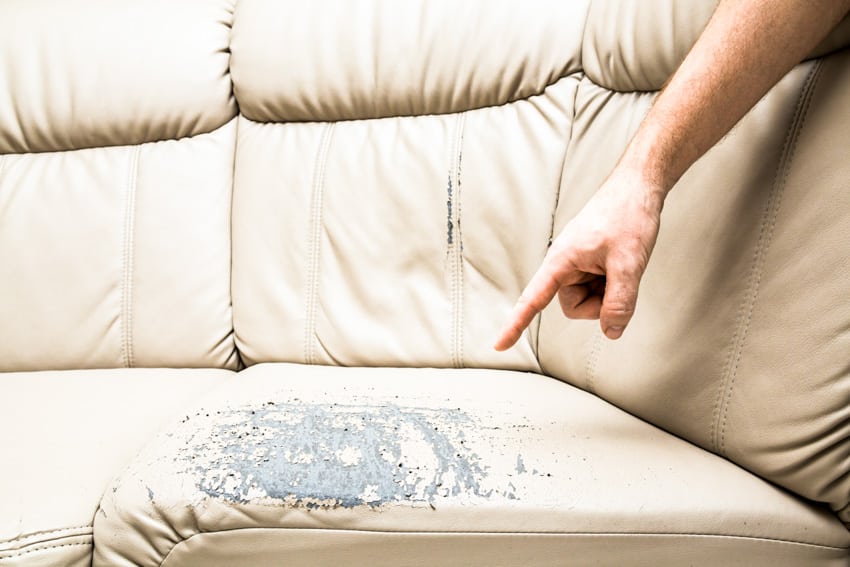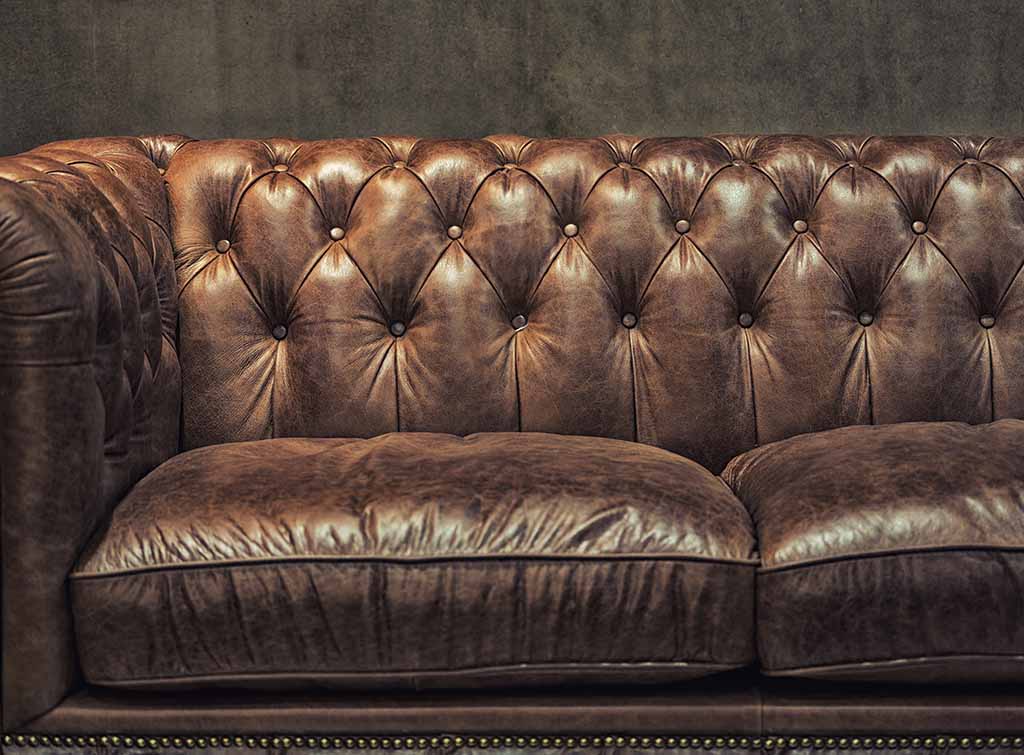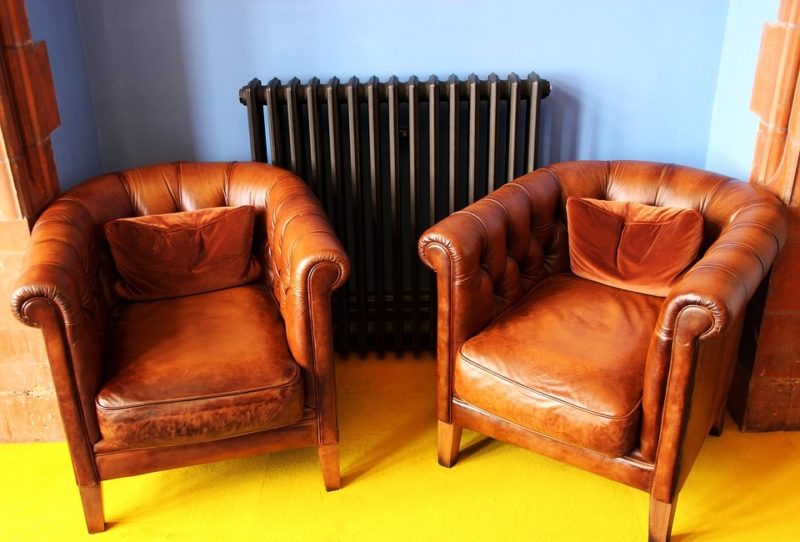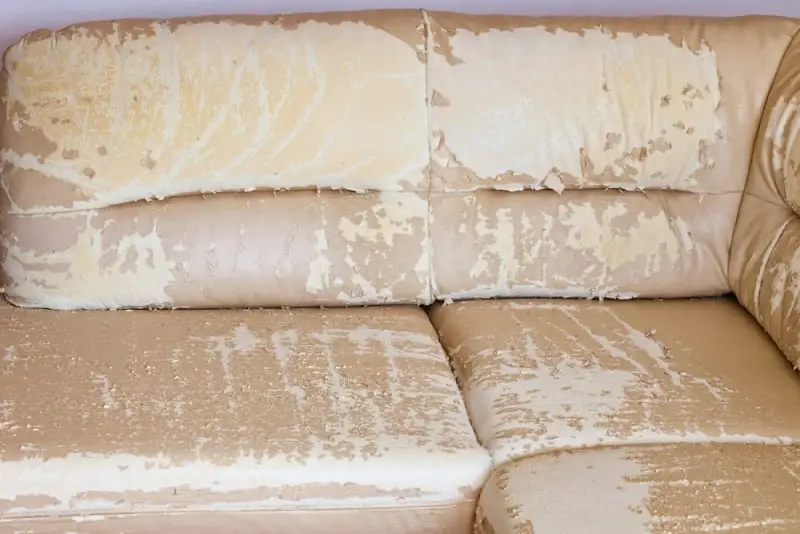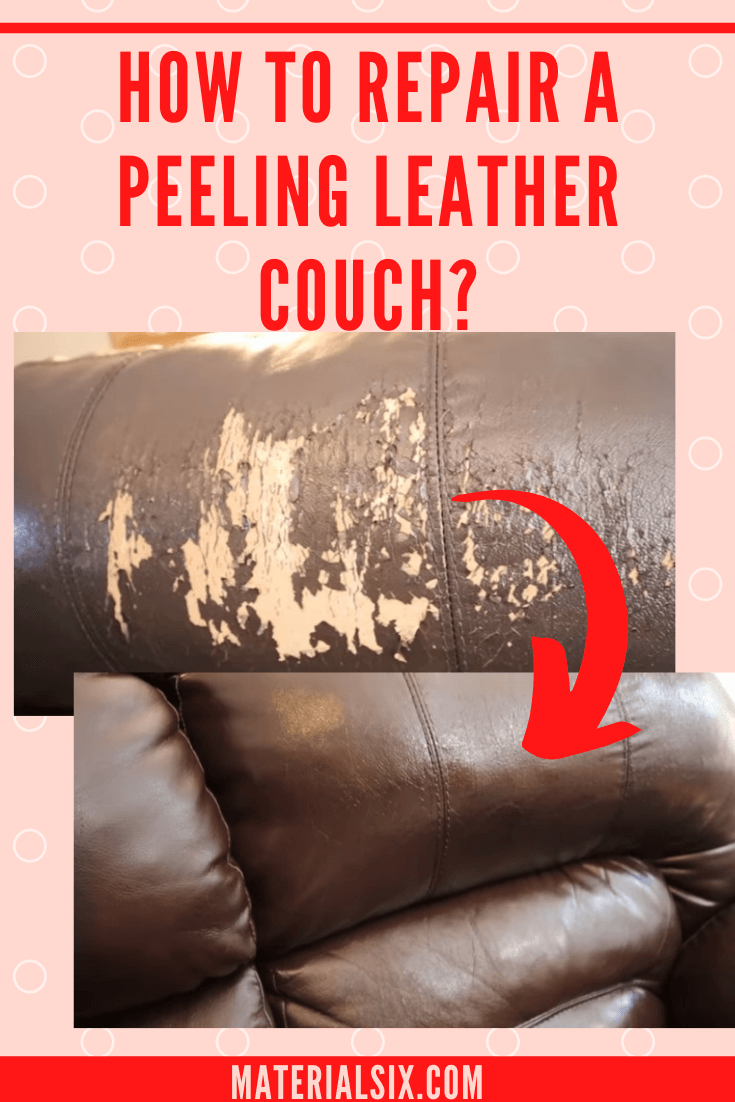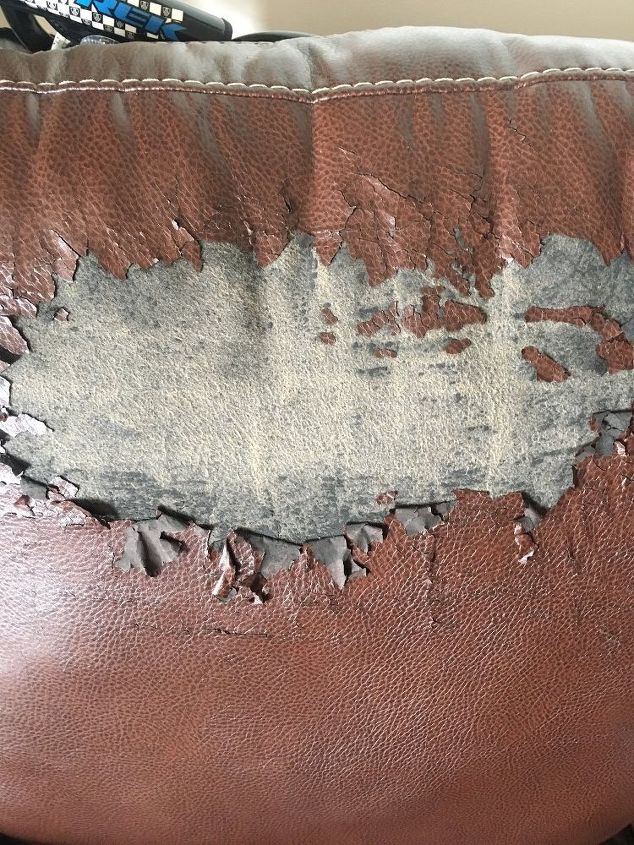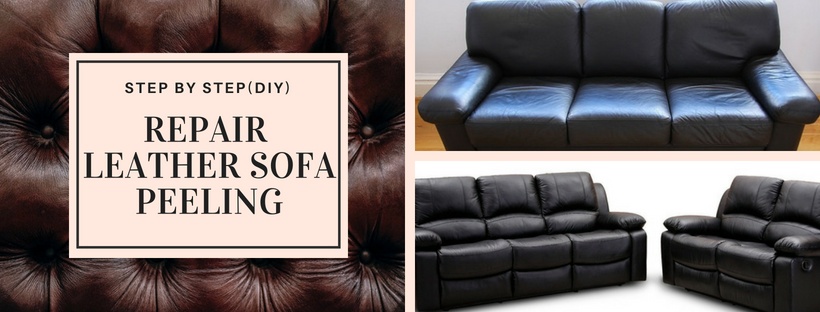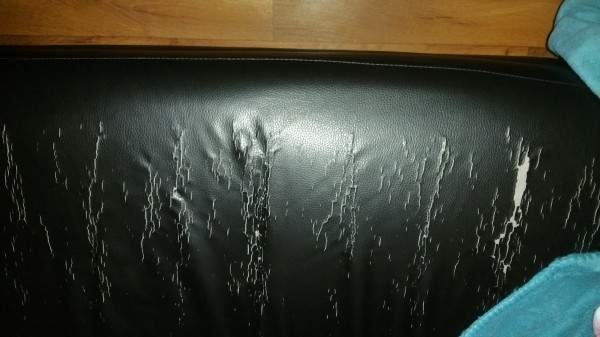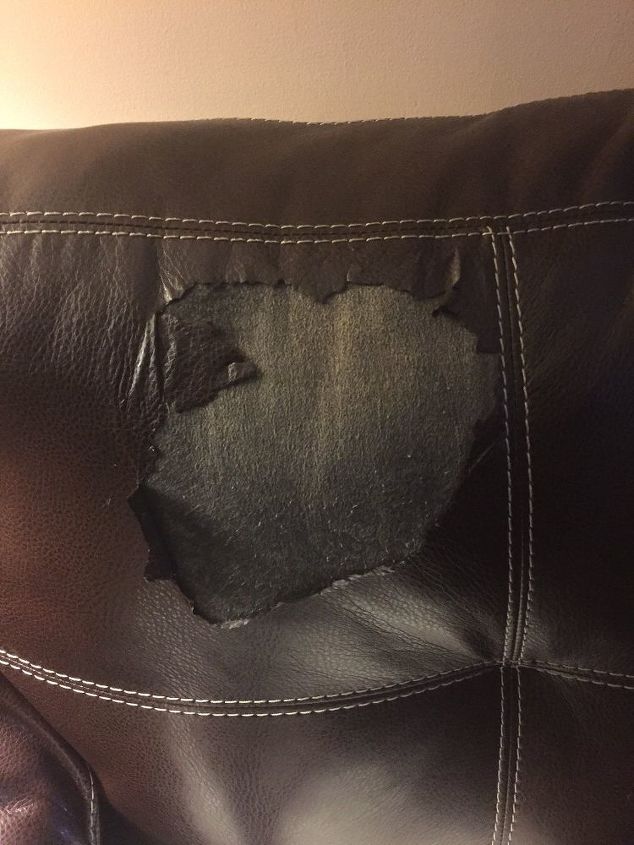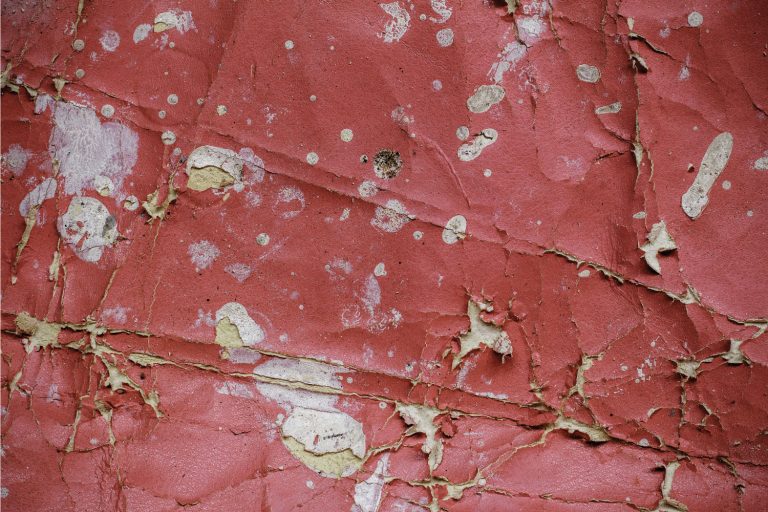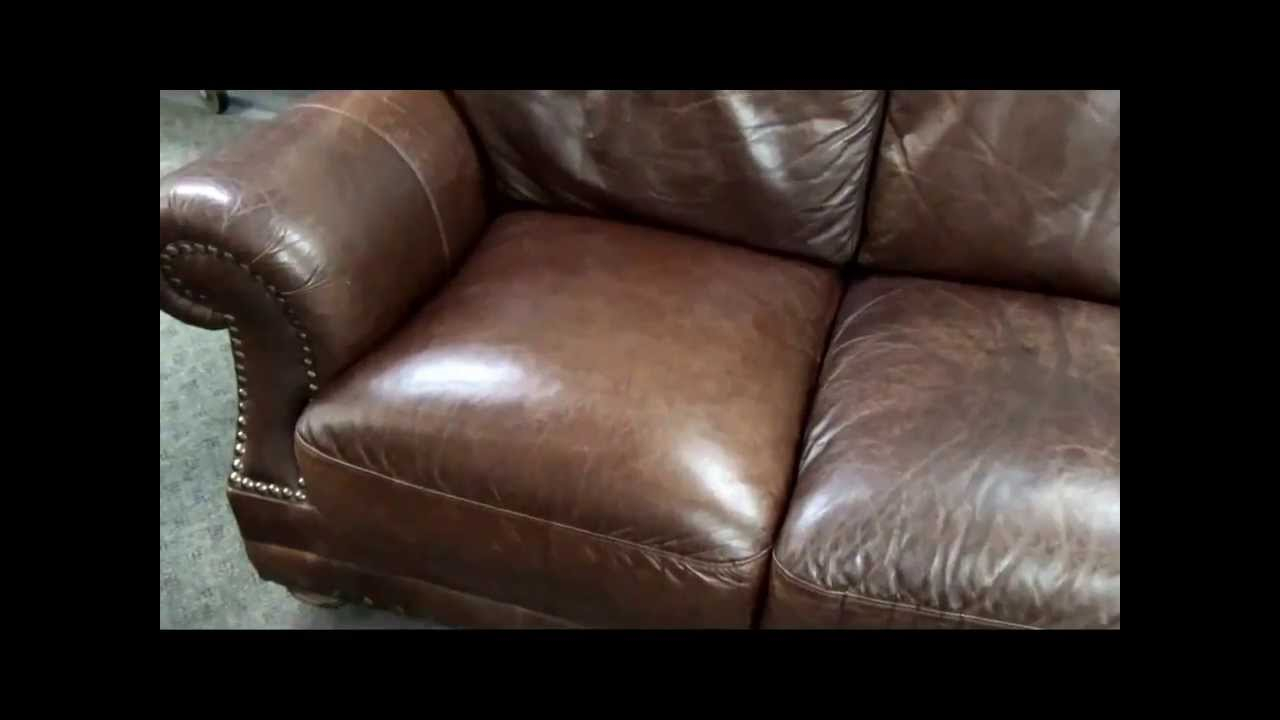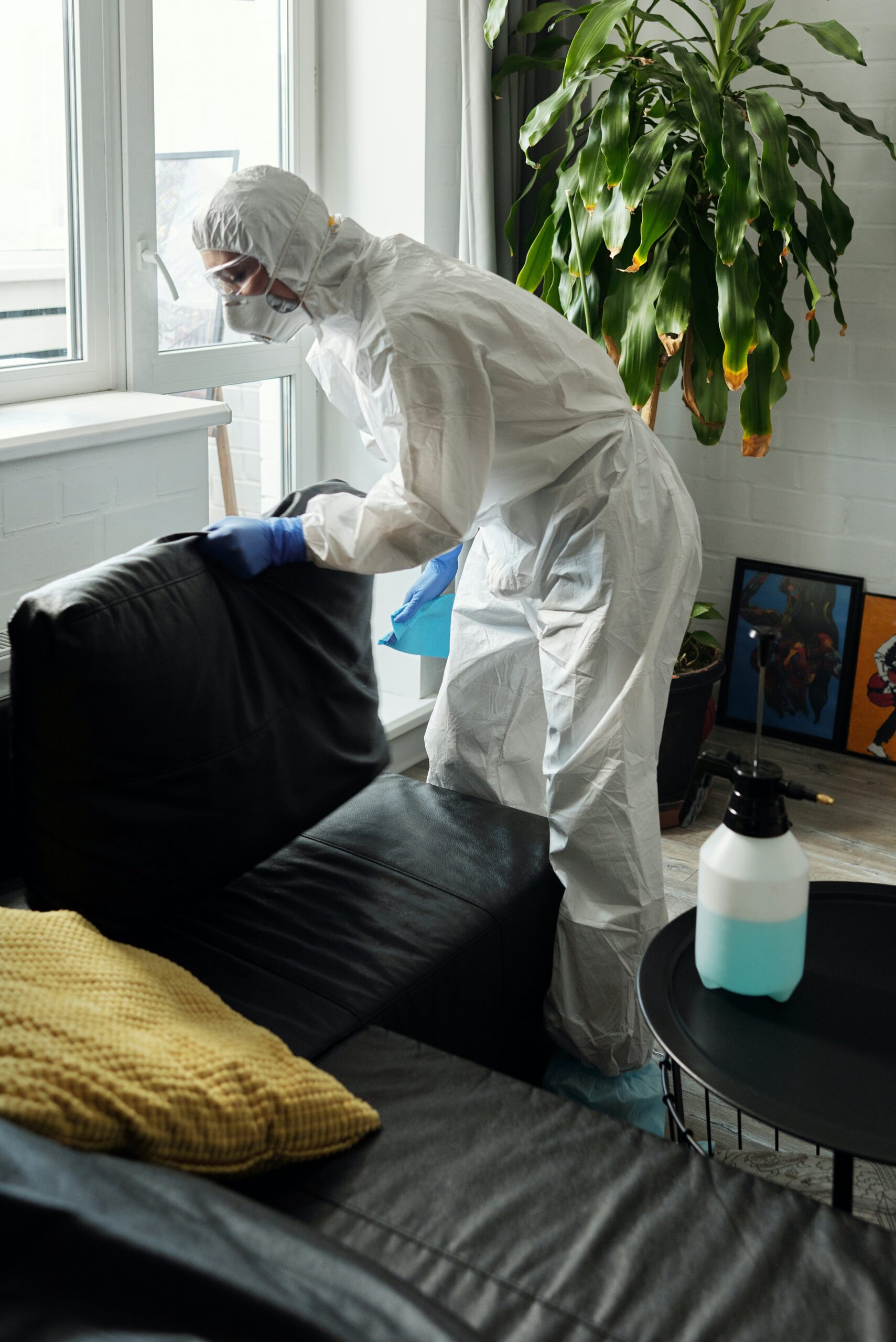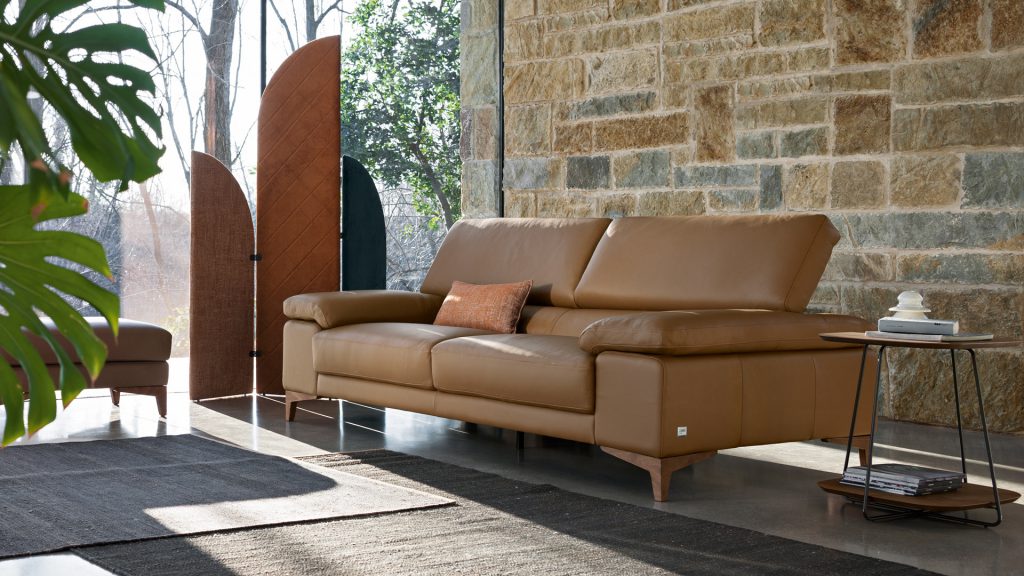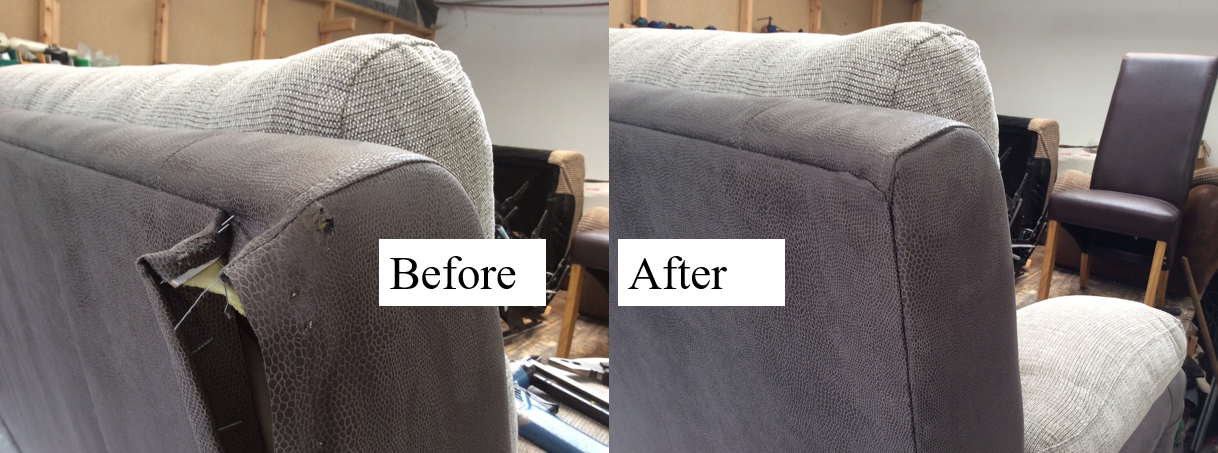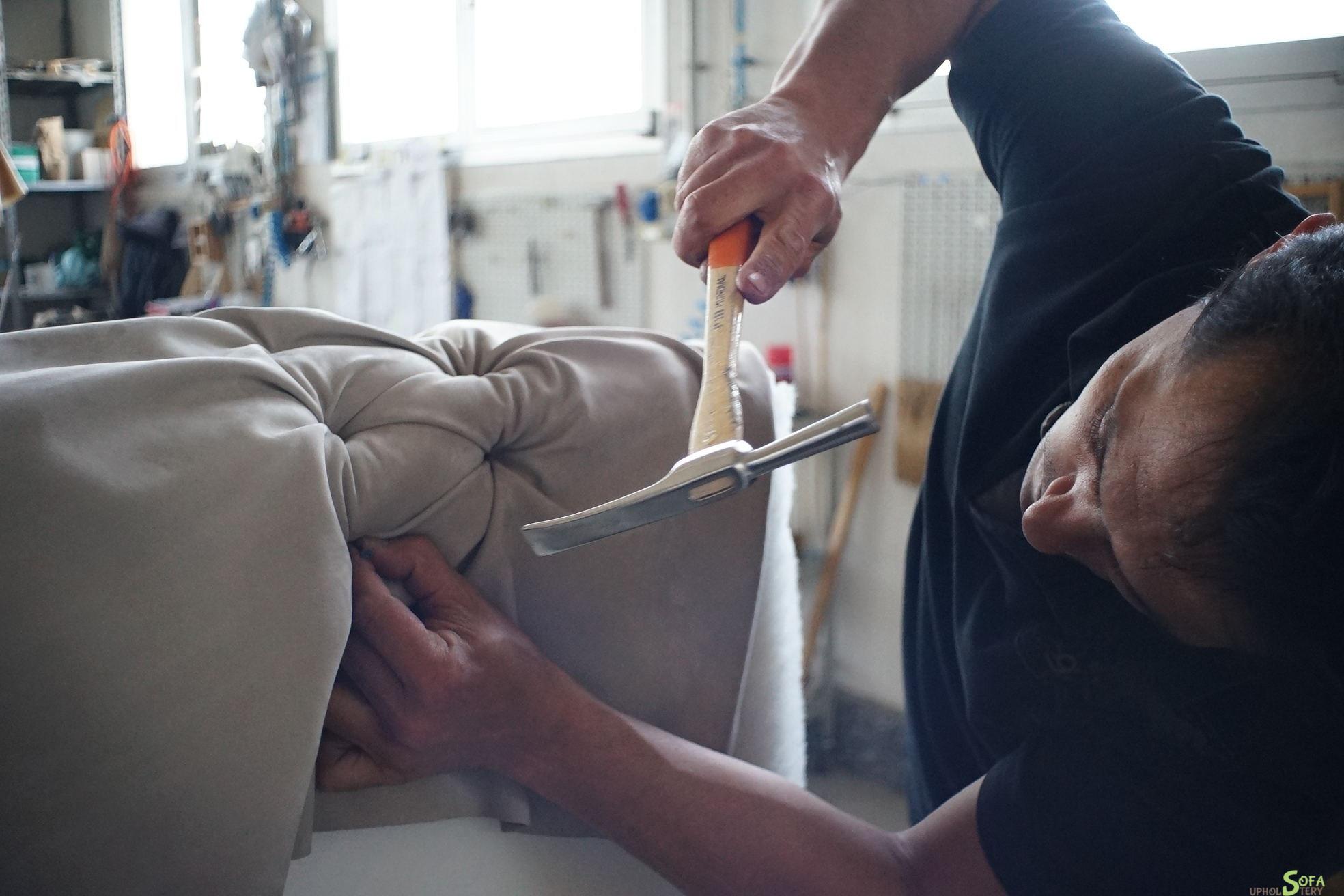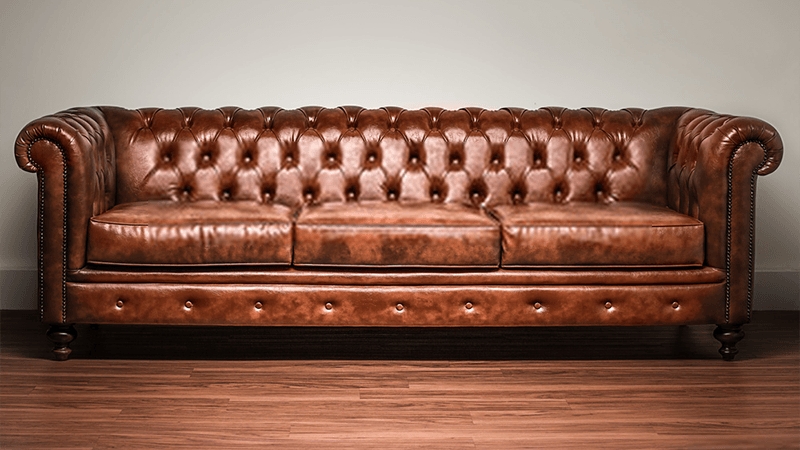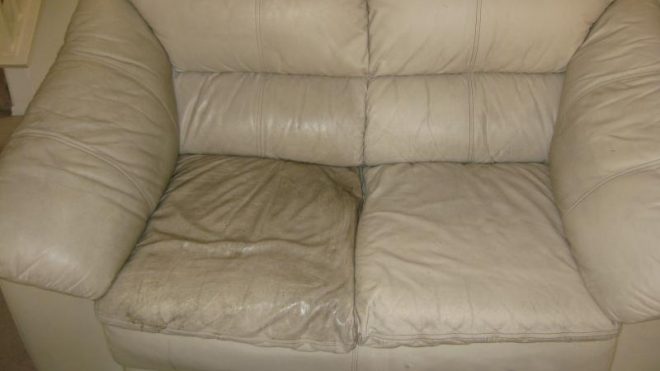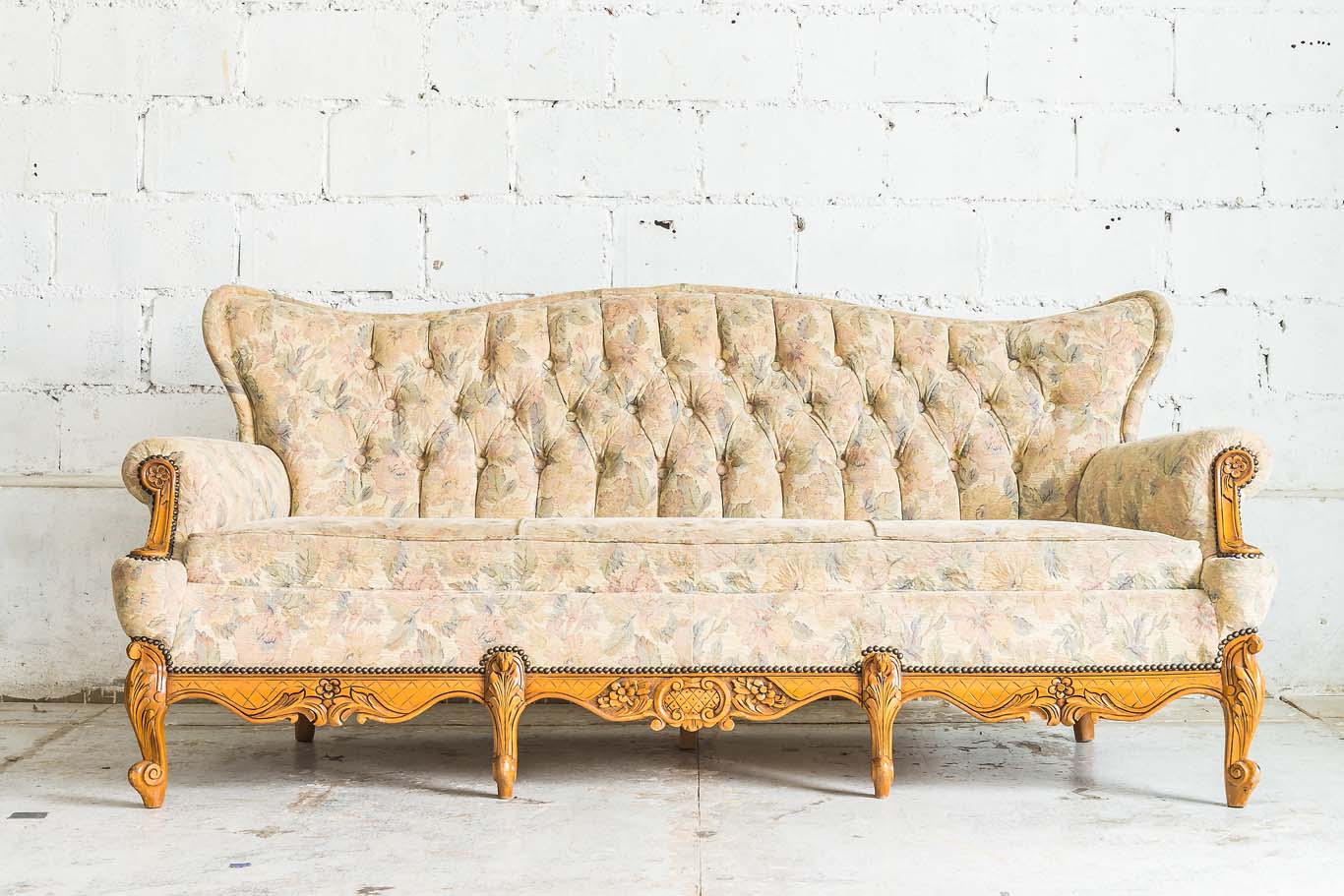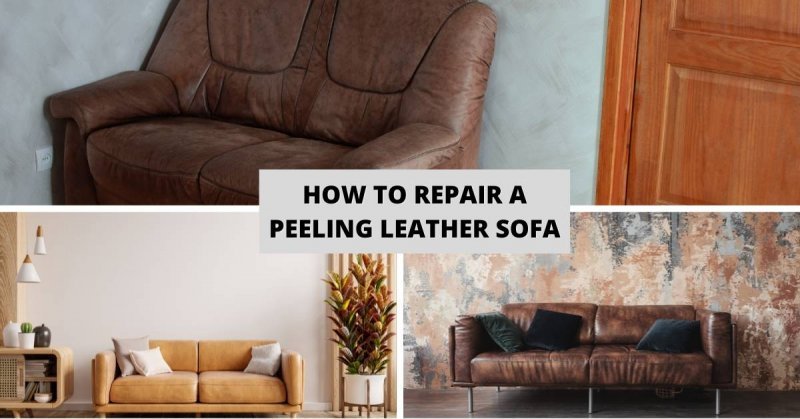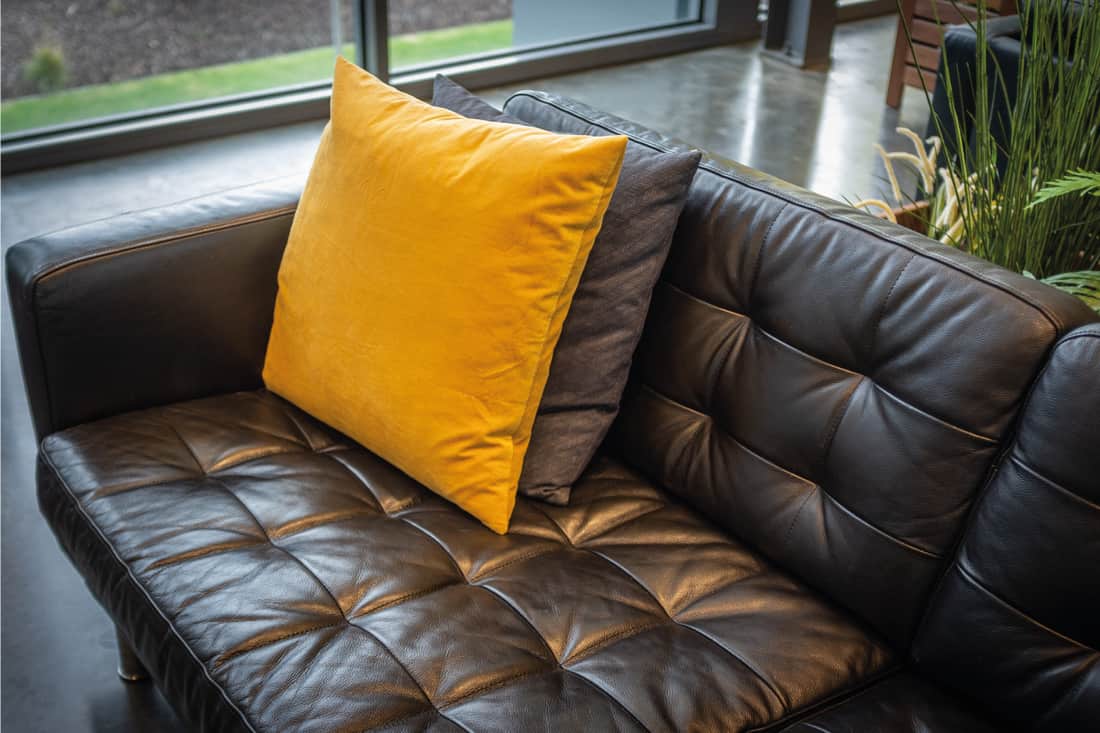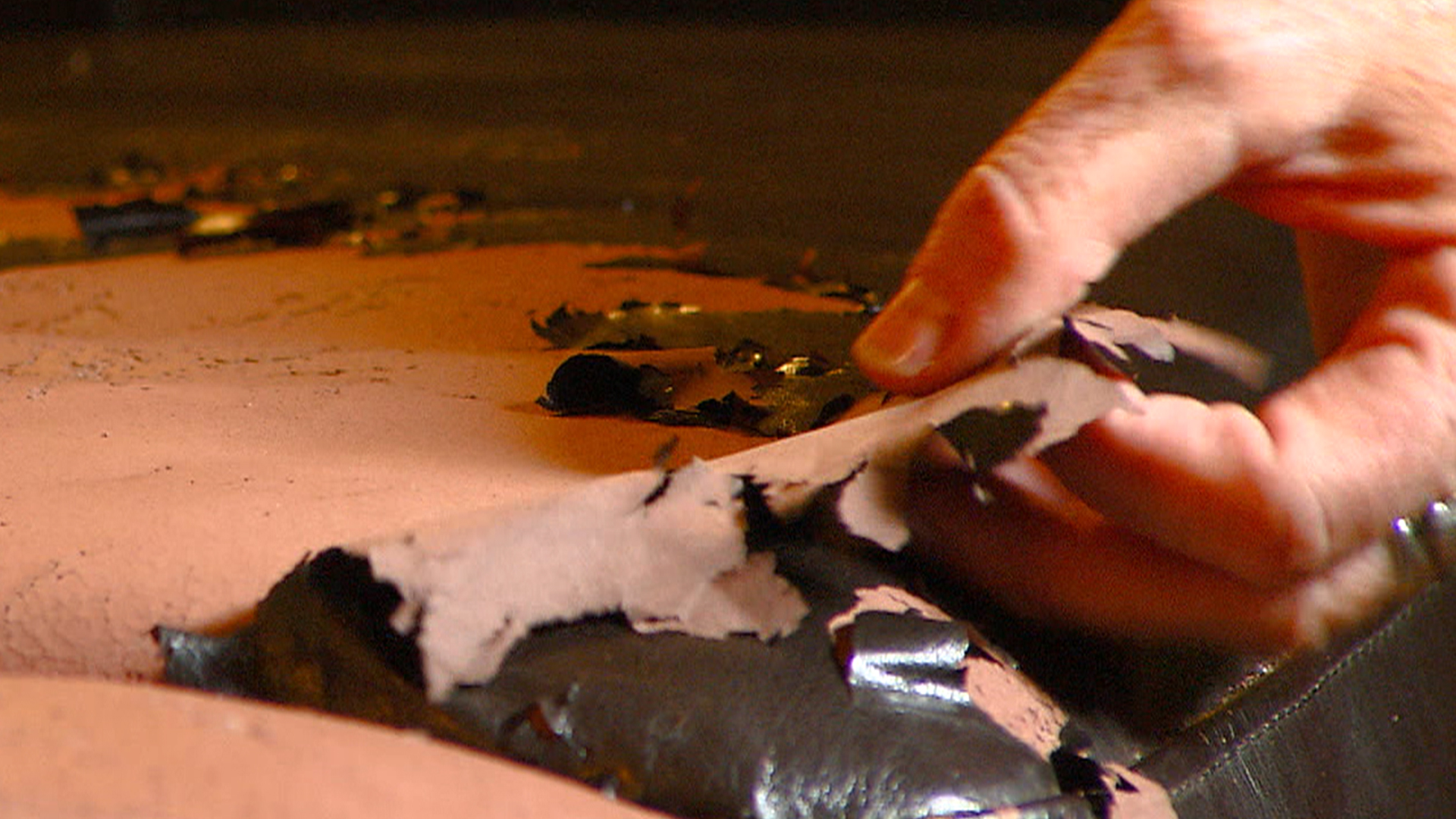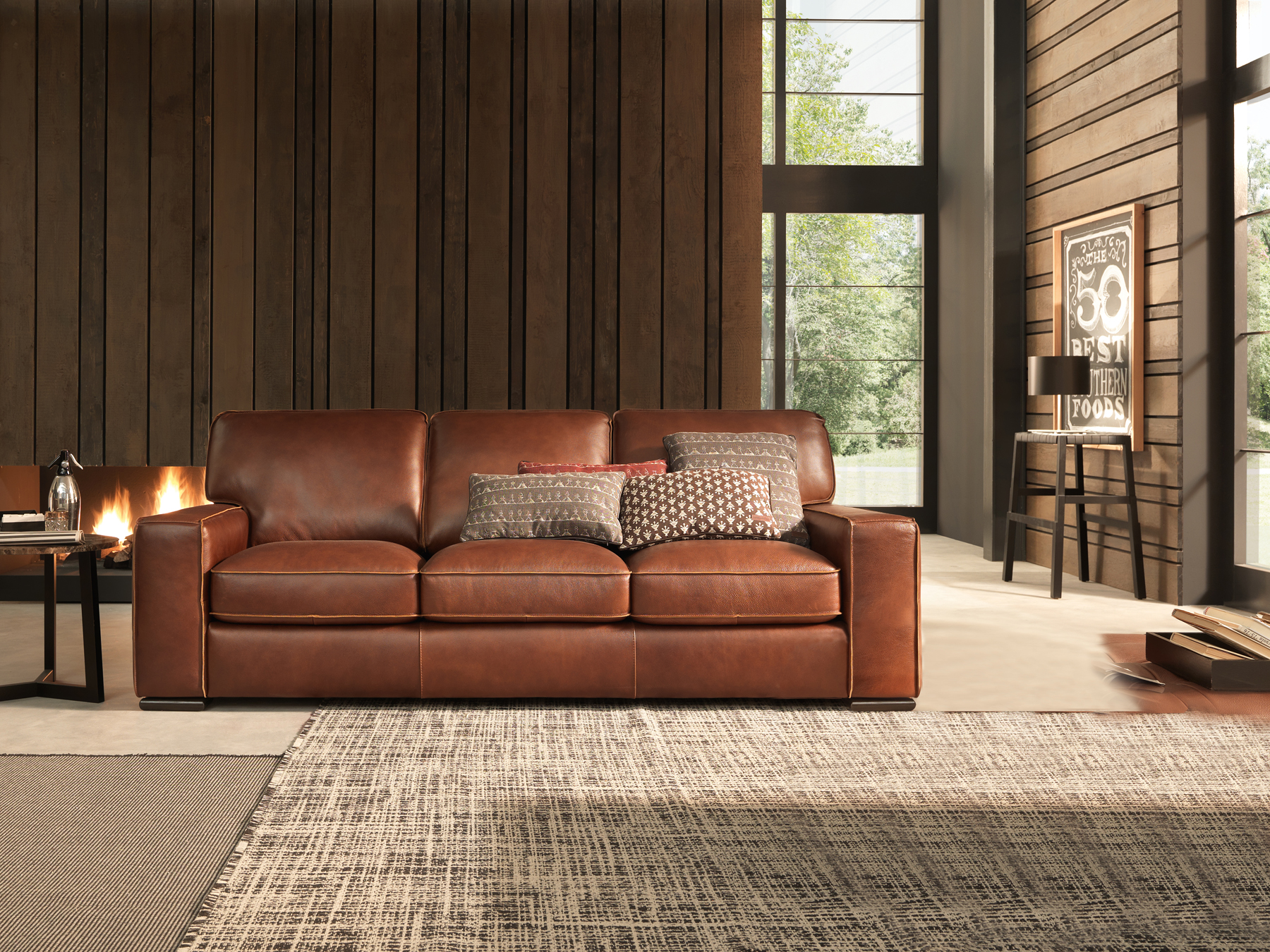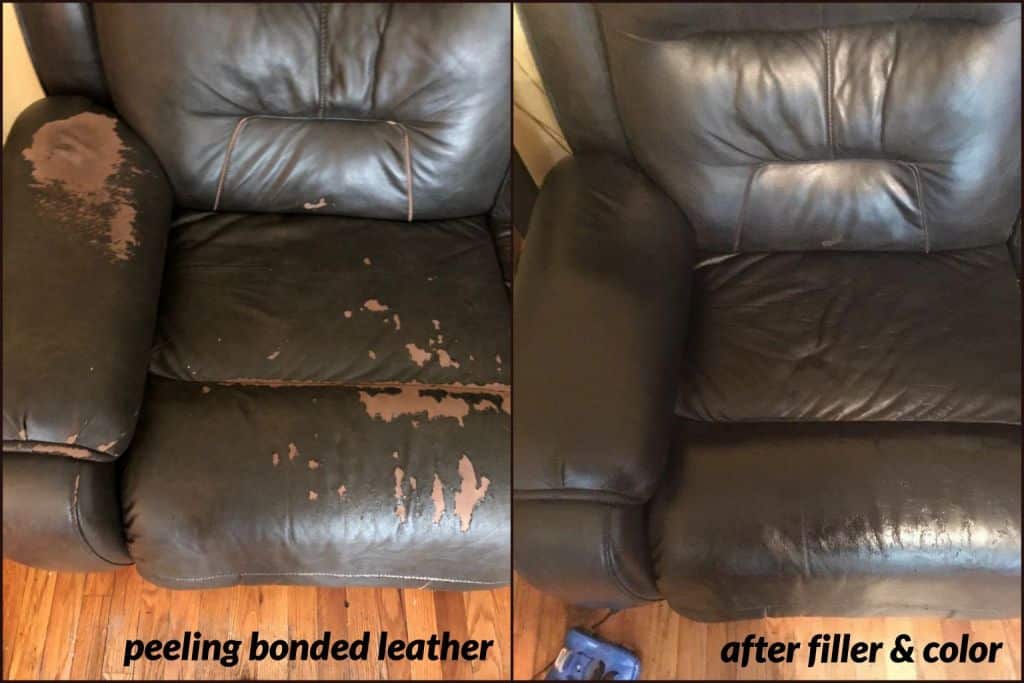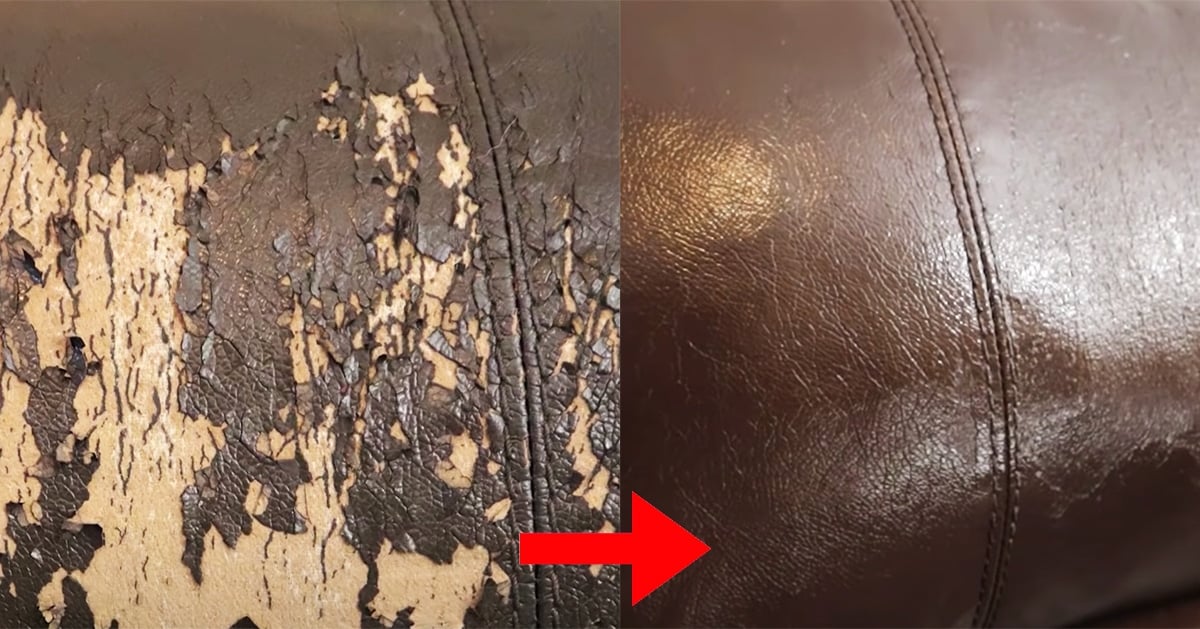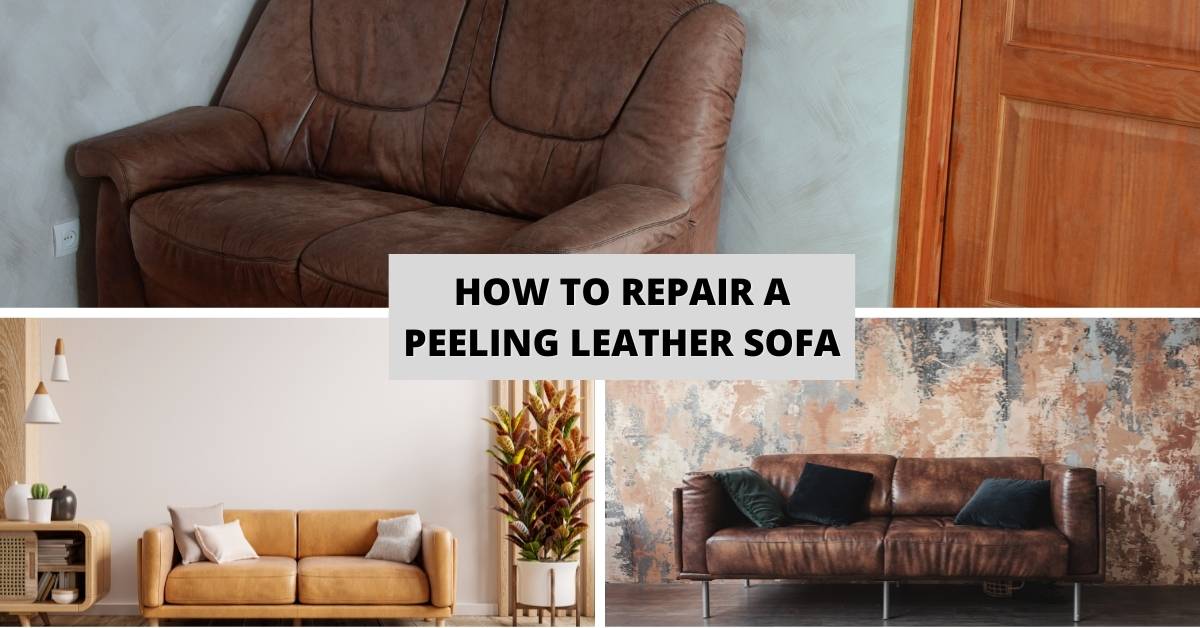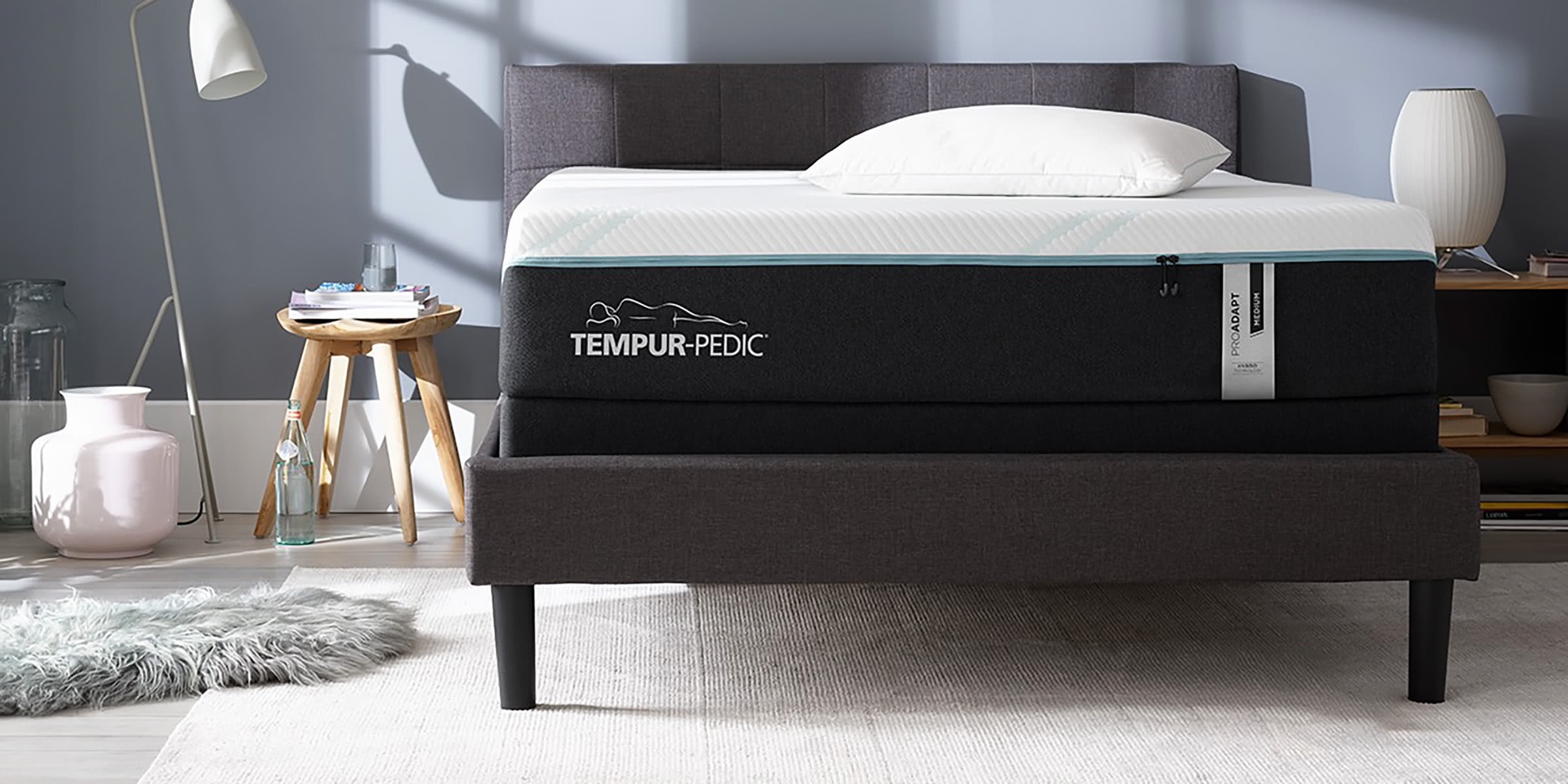If you own a leather sofa, you know how luxurious and stylish it can make your living room look. But what happens when that once-perfect surface starts to peel? It can be frustrating and even embarrassing to have a peeling leather sofa. Fortunately, there are ways to fix and prevent this issue. In this article, we will discuss the top 10 causes of leather sofa peeling and the best solutions to keep your sofa looking pristine.Leather Sofa Peeling: Causes and Solutions
Before we dive into prevention methods, let's first discuss how to repair a peeling leather sofa. There are several DIY fixes you can try, such as using leather glue or a leather repair kit. However, these fixes may only be temporary and may not completely restore your sofa's appearance. For a more long-term solution, it's best to seek professional repair services. They have the expertise and tools to properly fix the peeling and restore the leather's surface.How to Repair Peeling Leather Sofa
Prevention is always better than a cure, and the same goes for leather sofa peeling. Here are some tips to keep your leather sofa in top condition and avoid peeling: 1. Avoid placing your leather sofa in direct sunlight or near a heat source. UV rays and heat can dry out the leather, causing it to peel. 2. Clean and condition your leather sofa regularly to keep it moisturized. Dry leather is more prone to peeling. 3. Keep sharp objects away from your sofa to avoid scratches that can lead to peeling. 4. Use a leather protector to add a layer of protection against spills and stains. 5. Rotate cushions and pillows regularly to distribute weight evenly and prevent excessive wear on one area.Preventing Peeling on Leather Sofas
If your leather sofa is starting to peel, there are a few things you can try yourself before calling in the professionals: 1. Clean the affected area with a mild soap and water solution, then dry it thoroughly. 2. Apply a leather conditioner or moisturizer to the peeling area and rub it in gently. 3. Use leather glue to reattach the peeling pieces. Apply a small amount of glue to the back of the leather and press it onto the sofa. Hold it in place for a few minutes until the glue sets. 4. Use a leather repair kit to fill in any gaps or cracks in the leather surface. Follow the instructions carefully for best results.DIY Fixes for Peeling Leather Sofas
To prevent peeling, it's important to understand why it happens in the first place. Leather sofa peeling is typically caused by the leather's protective topcoat wearing off. This can be due to various factors, such as age, frequent use, and lack of maintenance. Once the topcoat is gone, the leather is left vulnerable to damage and can peel or crack easily.Understanding Leather Sofa Surface Peeling
When it comes to treating peeling leather, not all products are created equal. Some are more effective than others in restoring the leather's surface. Here are some of the best products for treating peeling leather sofas: 1. Leather moisturizer or conditioner: These products help keep the leather hydrated and supple, preventing it from drying out and peeling. 2. Leather protector: A leather protector adds a layer of protection against spills and stains, prolonging the leather's lifespan. 3. Leather glue: This is a quick and easy fix for reattaching peeling pieces of leather. 4. Leather repair kit: These kits come with everything you need to repair small cracks and gaps in the leather surface.Best Products for Treating Peeling Leather Sofas
If your leather sofa is severely peeling or has other damages, it's best to seek professional repair services. They have the knowledge and expertise to properly assess the damage and provide the best solution. Plus, they have access to specialized tools and products that are not available to the general public.Professional Leather Sofa Repair Services
To keep your leather sofa looking its best, here are some maintenance tips to follow: 1. Dust your leather sofa regularly with a soft cloth to remove any dirt or debris. 2. Clean up spills immediately to prevent them from seeping into the leather and causing damage. 3. Use a leather cleaner and conditioner at least once every three months to keep the leather moisturized and prevent peeling. 4. Avoid using harsh chemicals on your leather sofa, as they can strip away the protective topcoat.How to Maintain Your Leather Sofa to Prevent Peeling
There are a few common mistakes that can lead to leather sofa peeling: 1. Exposing the sofa to direct sunlight or heat sources. 2. Not cleaning or conditioning the leather regularly. 3. Using harsh chemicals on the leather surface. 4. Not rotating cushions and pillows regularly.Common Mistakes That Cause Leather Sofa Peeling
When faced with a peeling leather sofa, many people wonder if it's better to repair or replace it. The answer depends on the extent of the damage and the cost of repair. In most cases, it's more cost-effective to repair a peeling leather sofa than to replace it. However, if the damage is too severe or the cost of repair is too high, it may be time to invest in a new sofa. In conclusion, leather sofa peeling is a common issue that can be prevented and fixed with the right knowledge and tools. Regular maintenance and proper care are key to keeping your leather sofa looking pristine for years to come. And if the peeling does occur, don't hesitate to seek professional help for the best results.Replacing vs. Repairing a Peeling Leather Sofa
Why is My Leather Sofa Peeling?

Understanding the Causes and Solutions
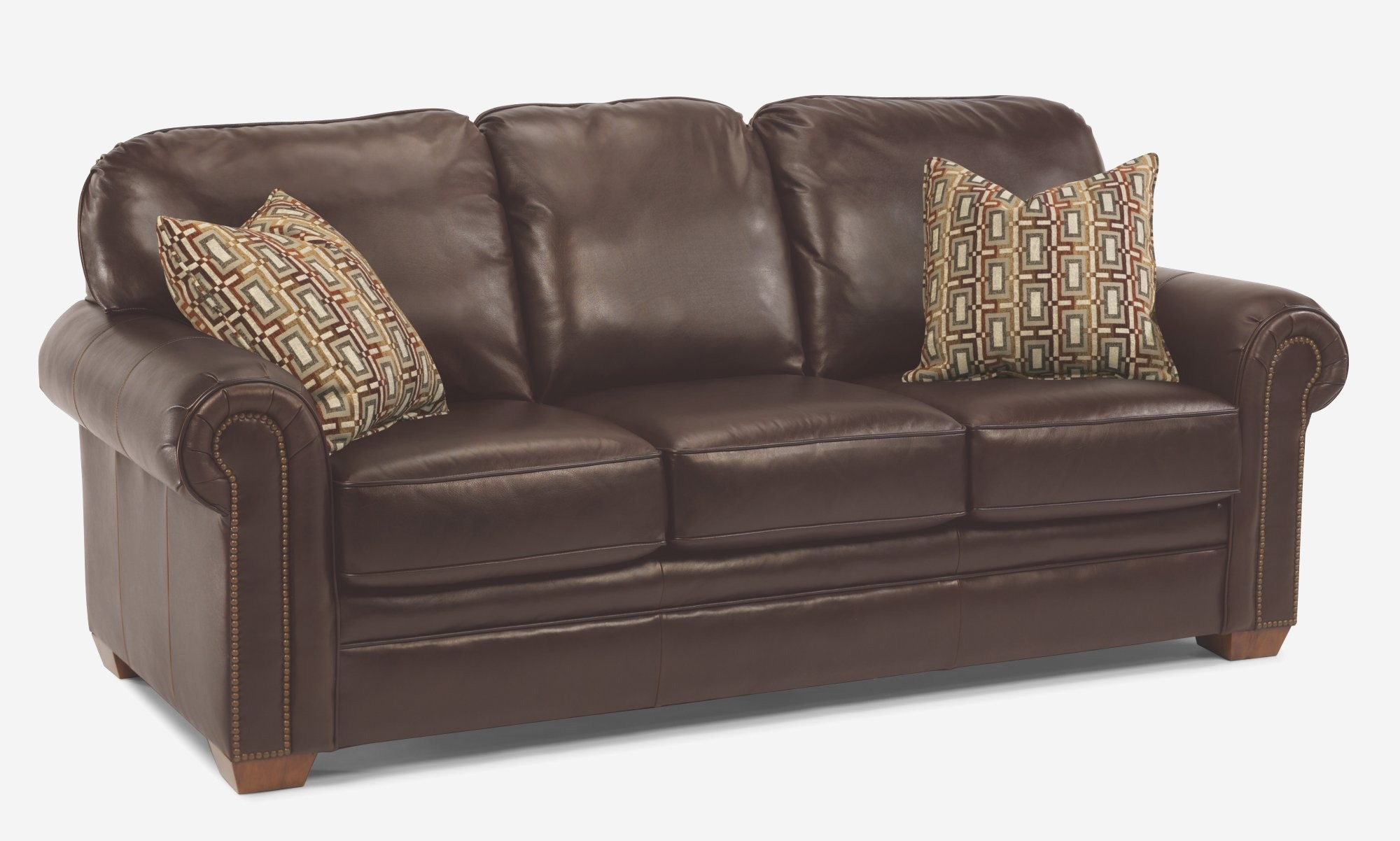 If you have invested in a beautiful leather sofa for your living room, you know that it adds a touch of elegance and sophistication to your house design. However, when you start to notice the
leather sofa surface peeling
, it can be a cause for concern. Not only does it affect the appearance of your sofa, but it also raises questions about its quality and durability. In this article, we will explore the main causes of
leather sofa peeling
and provide some solutions to help you prevent and fix this issue.
If you have invested in a beautiful leather sofa for your living room, you know that it adds a touch of elegance and sophistication to your house design. However, when you start to notice the
leather sofa surface peeling
, it can be a cause for concern. Not only does it affect the appearance of your sofa, but it also raises questions about its quality and durability. In this article, we will explore the main causes of
leather sofa peeling
and provide some solutions to help you prevent and fix this issue.
Causes of Leather Sofa Peeling
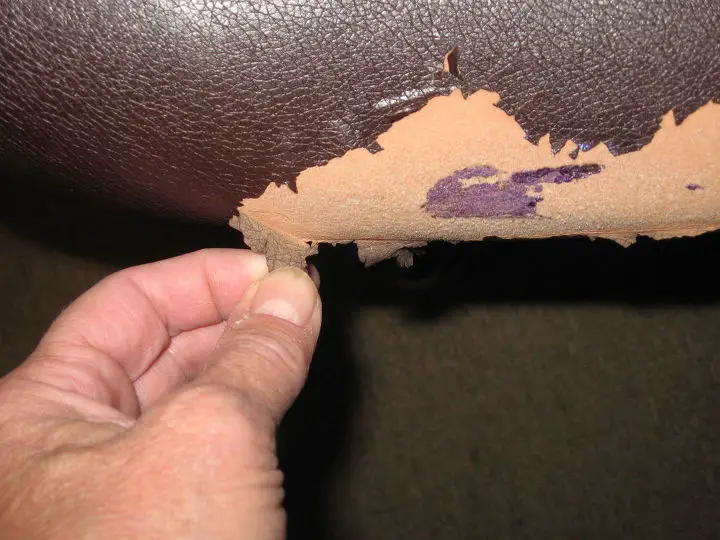 There are several reasons why your leather sofa may start to peel. One of the main causes is
lack of proper maintenance and care
. Leather is a natural material and, just like our skin, it needs to be moisturized and protected to stay healthy. If you do not regularly clean and condition your leather sofa, it can dry out and become brittle, leading to peeling.
Another common cause of leather sofa peeling is
exposure to direct sunlight
. UV rays can damage the top layer of the leather, causing it to fade and peel. This is especially true for leather sofas near windows or in rooms with a lot of natural light.
Furthermore,
low-quality leather or faux leather
can also be a factor in peeling. These materials are often not as durable as genuine leather and may start to peel after a short period of use. It is important to do your research and invest in a high-quality leather sofa to avoid this issue.
There are several reasons why your leather sofa may start to peel. One of the main causes is
lack of proper maintenance and care
. Leather is a natural material and, just like our skin, it needs to be moisturized and protected to stay healthy. If you do not regularly clean and condition your leather sofa, it can dry out and become brittle, leading to peeling.
Another common cause of leather sofa peeling is
exposure to direct sunlight
. UV rays can damage the top layer of the leather, causing it to fade and peel. This is especially true for leather sofas near windows or in rooms with a lot of natural light.
Furthermore,
low-quality leather or faux leather
can also be a factor in peeling. These materials are often not as durable as genuine leather and may start to peel after a short period of use. It is important to do your research and invest in a high-quality leather sofa to avoid this issue.
Solutions for Leather Sofa Peeling
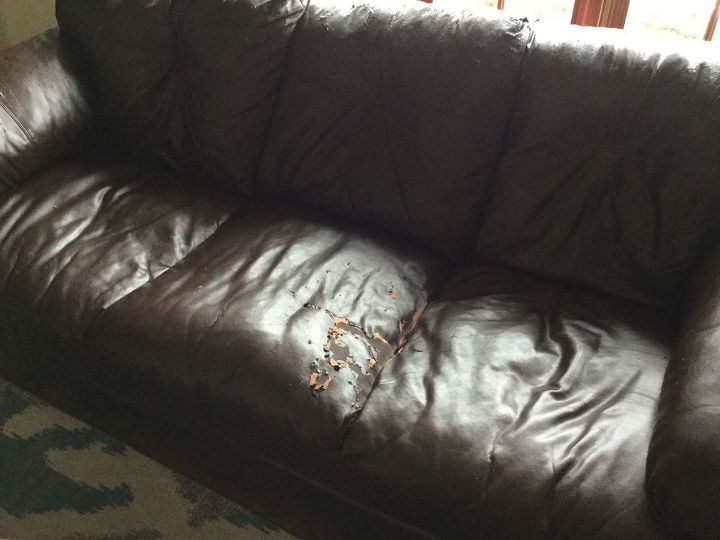 If you have noticed your leather sofa starting to peel, there are some steps you can take to address the issue. First and foremost, it is important to
regularly clean and condition your leather sofa
. This will help keep the leather moisturized and prevent it from drying out and peeling.
In addition,
protecting your leather sofa from direct sunlight
can also help prevent peeling. You can use curtains or blinds to block out the UV rays and keep your sofa out of direct sunlight.
If your leather sofa is already peeling, you can try using a
leather repair kit
to fix the damaged areas. These kits usually contain a leather filler and a colorant to help blend the repaired area with the rest of the sofa.
If you have noticed your leather sofa starting to peel, there are some steps you can take to address the issue. First and foremost, it is important to
regularly clean and condition your leather sofa
. This will help keep the leather moisturized and prevent it from drying out and peeling.
In addition,
protecting your leather sofa from direct sunlight
can also help prevent peeling. You can use curtains or blinds to block out the UV rays and keep your sofa out of direct sunlight.
If your leather sofa is already peeling, you can try using a
leather repair kit
to fix the damaged areas. These kits usually contain a leather filler and a colorant to help blend the repaired area with the rest of the sofa.
In Conclusion
 In conclusion,
leather sofa peeling
can be caused by a variety of factors, including lack of maintenance, exposure to sunlight, and low-quality materials. By regularly cleaning and conditioning your sofa and protecting it from direct sunlight, you can prevent peeling. If your sofa has already started to peel, there are solutions available to help fix the issue. By taking good care of your leather sofa, you can ensure that it remains a beautiful and durable piece of furniture in your house design.
In conclusion,
leather sofa peeling
can be caused by a variety of factors, including lack of maintenance, exposure to sunlight, and low-quality materials. By regularly cleaning and conditioning your sofa and protecting it from direct sunlight, you can prevent peeling. If your sofa has already started to peel, there are solutions available to help fix the issue. By taking good care of your leather sofa, you can ensure that it remains a beautiful and durable piece of furniture in your house design.



